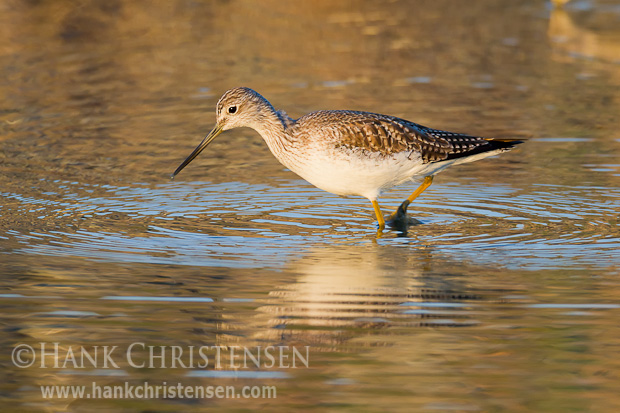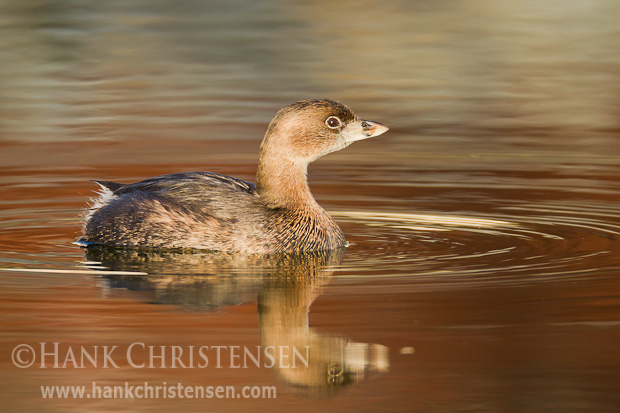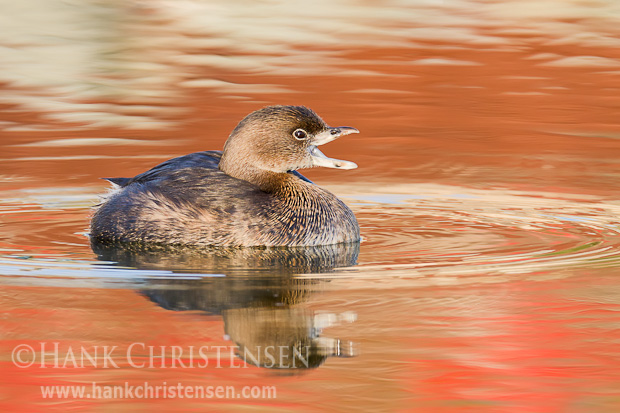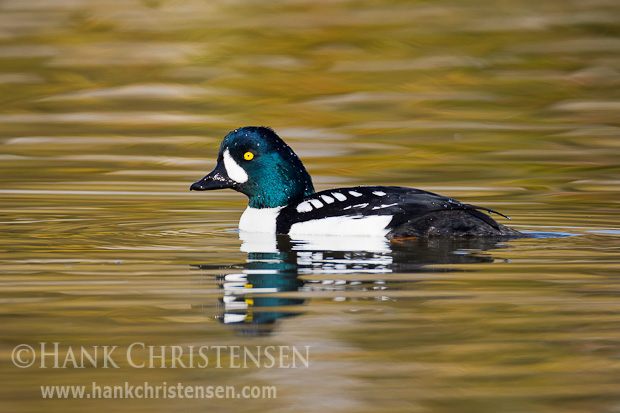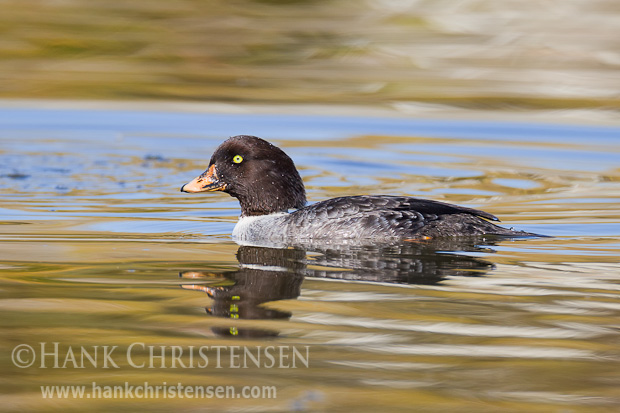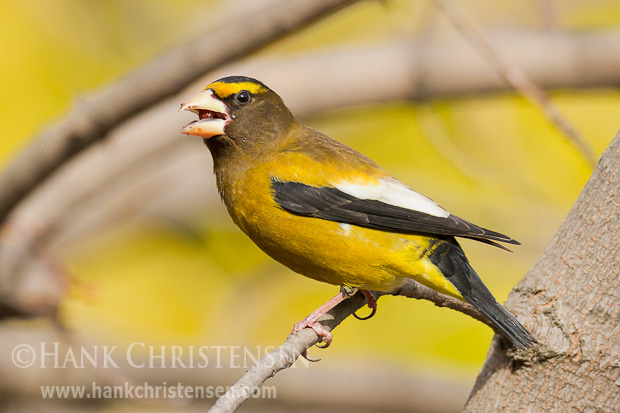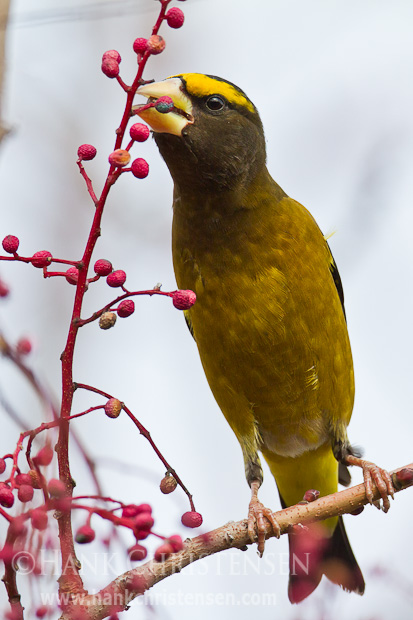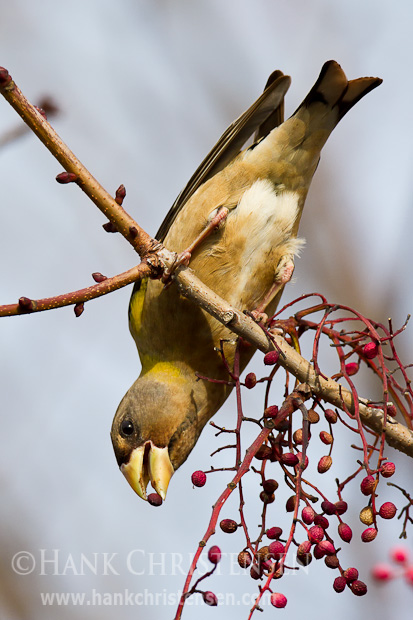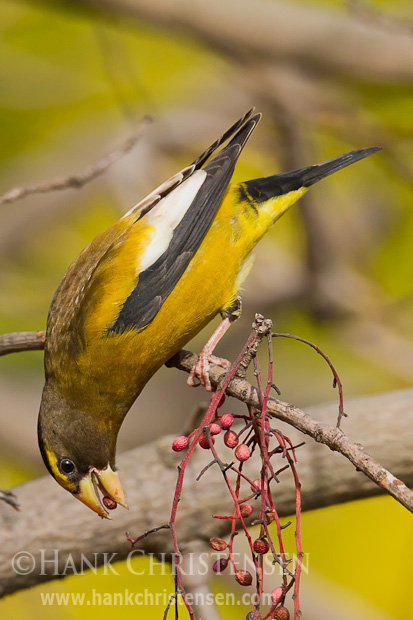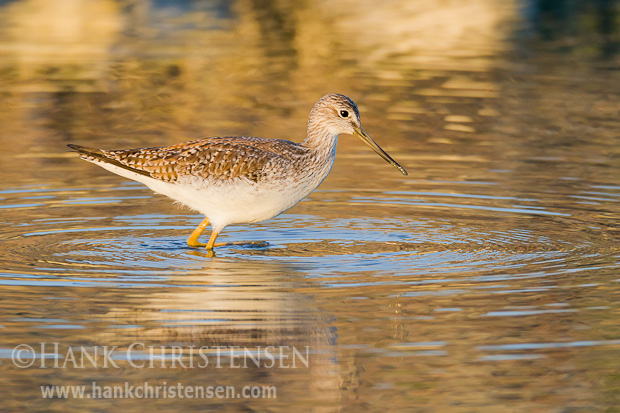
The photo this week features the greater yellowlegs. They are somewhat common in the Bay area throughout the winter, usually seen in ones or twos. On this day, I came across two yellowlegs foraging with a willet in a shallow, narrow slough. It was late afternoon and the sun was just starting to reach the horizon, so I knew I didn’t have much light left in which to shoot. Unfortunately, all three were in the deep shadow of the high bank of the slough, so I wasn’t getting that sweet sunset light that I was after.
Just then a runner appeared on the trail paralleling the slough, and decided to stop and watch these birds. Once he stopped, all three flushed and flew a hundred yards north to a spot where the bank lowered and the slough opened up. Lucky me! For once, I benefited from someone chasing away the birds I was photographing. I quickly (and much more carefully than the runner) repositioned myself to their new location, very happy to see that all three birds were now bathed in golden light. I had less than a minute of these lighting conditions before the sun finally dipped below the mountains.
